Transatlantic exhibition series honours artists lost to HIV/AIDS
40 years since cases of HIV/AIDS were first identified, David Zwirner gallery in New York and London pays tribute to artists whose lives were cut short by the disease, and the community who endured ostracism and stigma
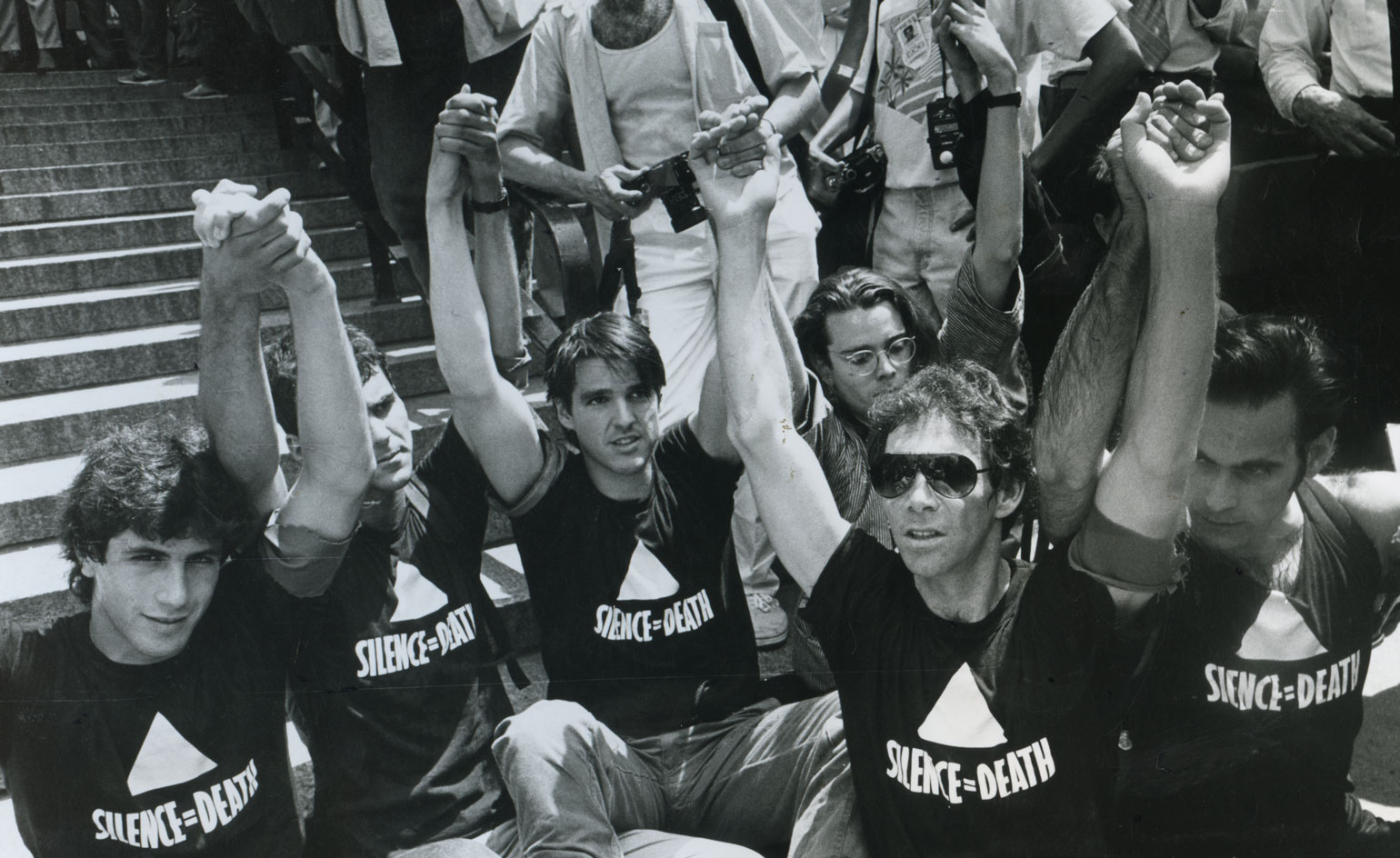
Marking 40 years since the beginning of the HIV/AIDS crisis, David Zwirner gallery has organised a series of solo exhibitions across its New York and London locations, to honour the memory of artists whose lives were tragically cut short by the disease.
Titled ‘More Life’, the series explores responses to the crisis from the perspective of gay men, a community that disproportionately suffered the devastation of the virus.
The first round of shows, which opened on 24 June and will close this week, is dedicated to filmmaker Marlon Riggs, represented by the documentary Tongues Untied, which ‘affirms the lives and dignity of Black gay men’; Derek Jarman, whose seminal film Blue is accompanied by his paintings; the Silence=Death collective; and performance artist and photographer Mark Morrisroe.
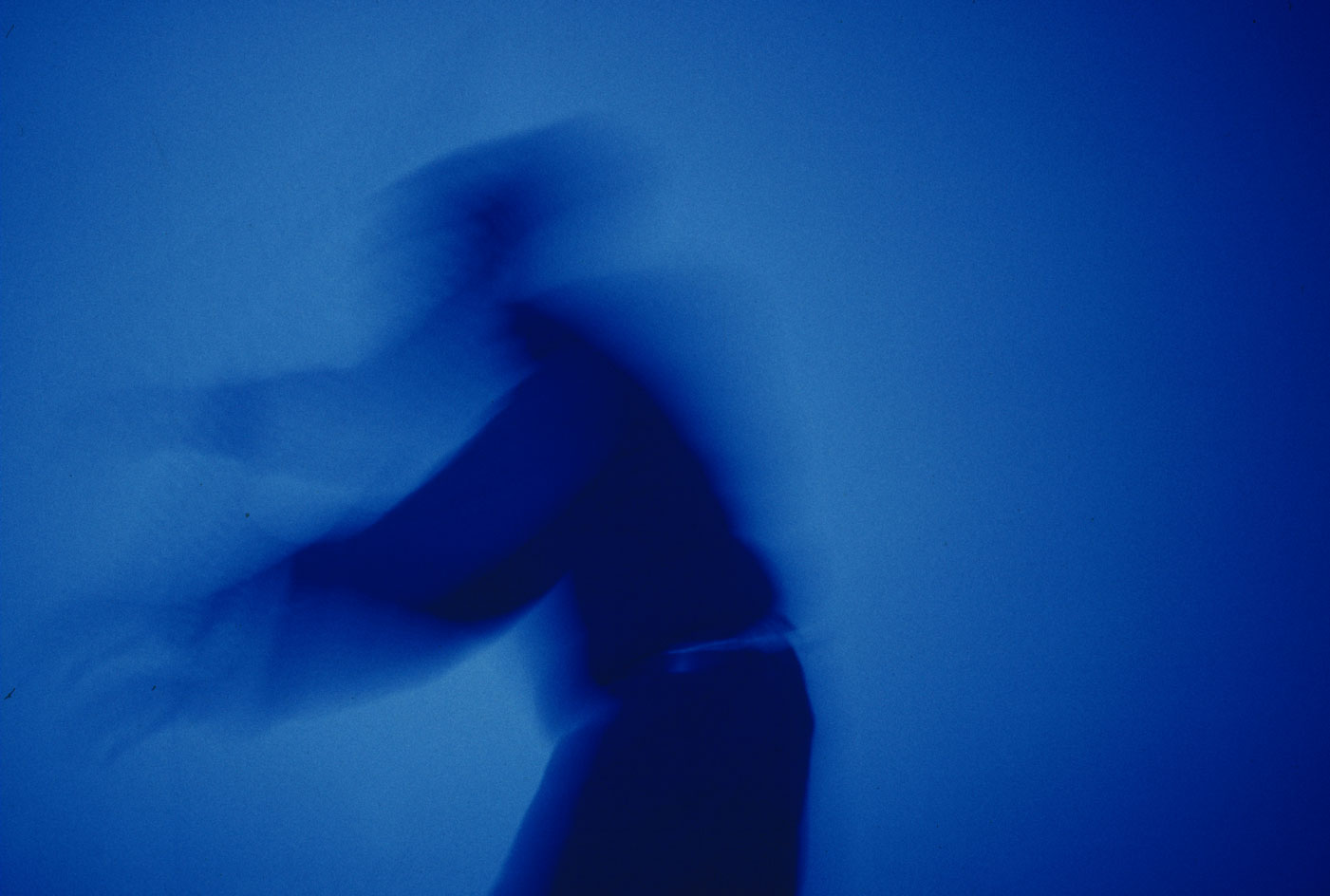
Installation view of Derek Jarman’s Blue (1993), taken during the final sound mix at De Lane Lea, Dean Street, London, in late 1992.
The inclusion of the Silence=Death collective, best known for its poster that depicted a solitary pink triangle on a black background, gives artistic recognition to an enduring work of graphic design.
Artist and activist Avram Finkelstein was one of six people behind the collective. Now 69, he recalls how the many months of consideration that went into the poster gave it sustained political functionality. ‘I believe the continued interest in this work represents the renewed urgency for ongoing political resistance,’ he says.
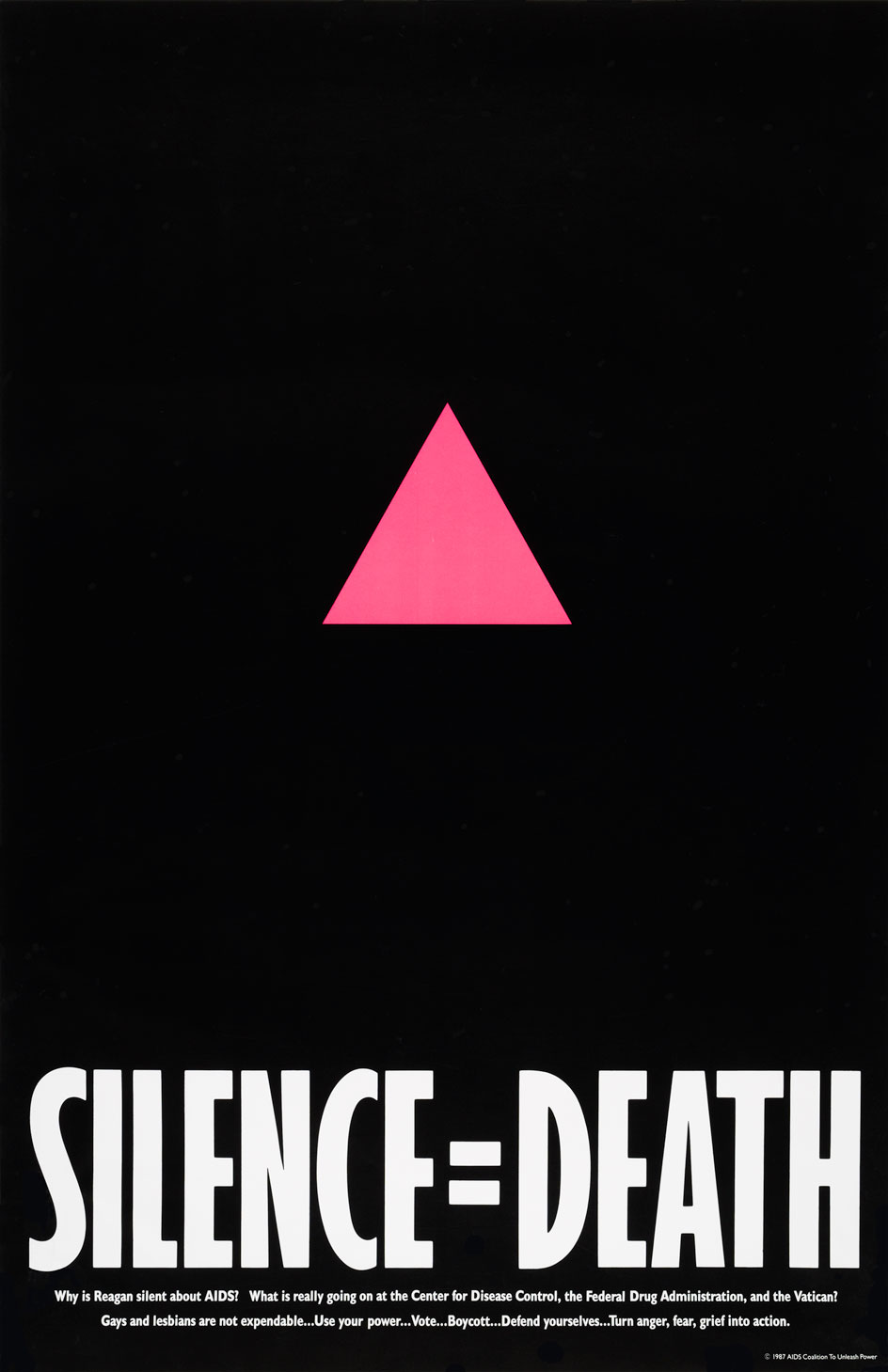
Silence = Death Project, Silence = Death, 1987.
‘Due to the continued work by social justice activists in multiple communities, I see the potential for change on the horizon. I’ve never given up on that potential, but thought I might not see it myself. I now feel I’m witnessing the earliest glimmer of its potency, and I’m grateful for that.’
‘More Life’ is the brainchild of the gallery’s senior director Robert Goff, director Thor Shannon, and associate director Alec Smith, who wished to ‘highlight the careers of lesser-known but incredibly talented artists lost to AIDS’.
Preparing for the shows ‘was a depressing exercise – so many creative lives lost felt overwhelming,’ recalls Goff.
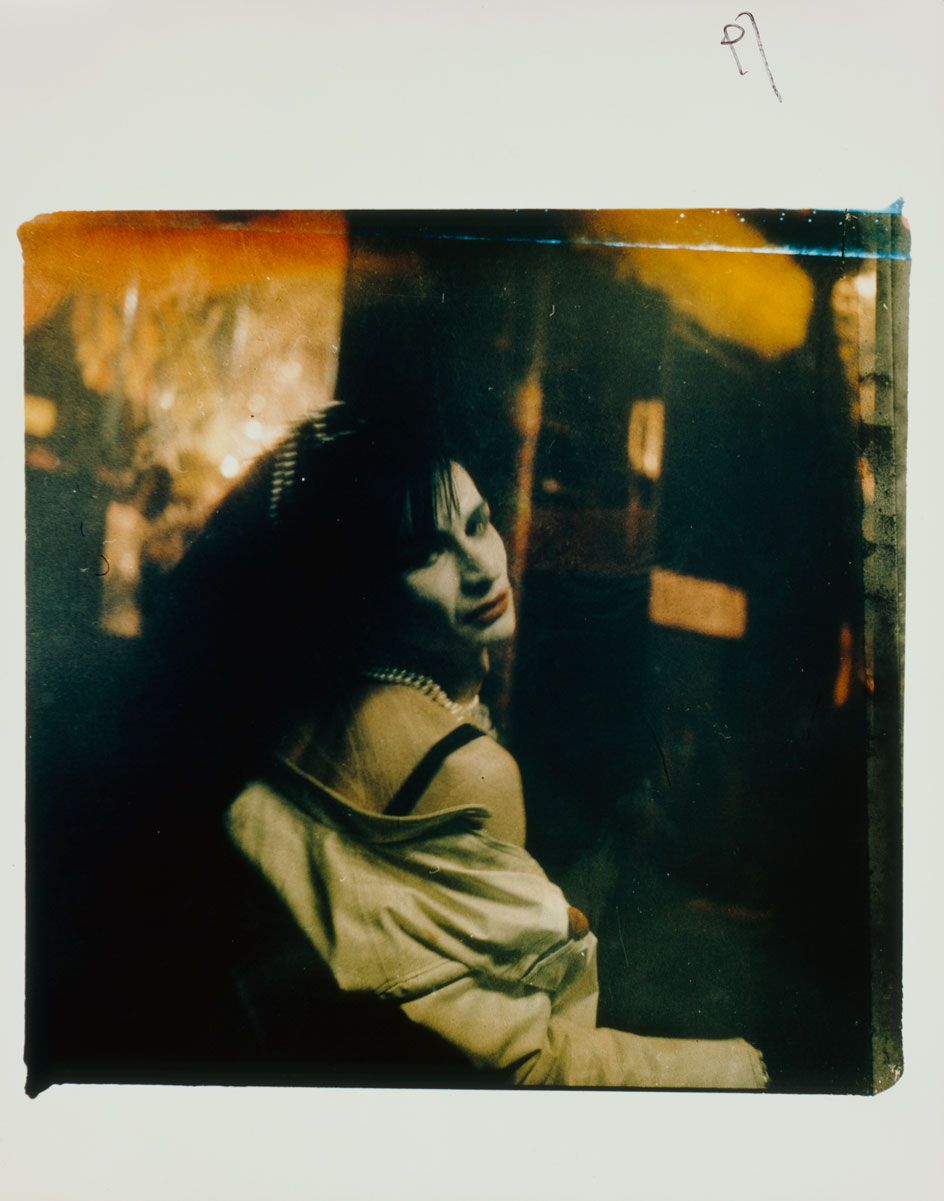
Mark Morrisroe, Sweet Raspberry/ Spanish Madonna, 1986.
Despite advances in gay rights and a gradual shift in attitudes towards AIDS, the disease ‘continues to be written out of history and mainstream culture,’ says Goff. ‘When artists who succumbed to AIDS are in the public eye, AIDS is often wholly omitted from the context. It remains both stigmatized and ostracized – there is much work to be done to change this.’
Likewise, Finkelstein hopes that the shows will impress on a younger generation to think of the early days of HIV and AIDS as their story: ‘This story belongs to all of us and to those not born yet, just like every other gesture of radical queer resistance.’
He adds, ‘Liberation history is important because rights that are given can also be taken away. Our story can’t be. My hope is that they will devour it, ask questions about it, remember it, share it, and absorb it into their own work.’
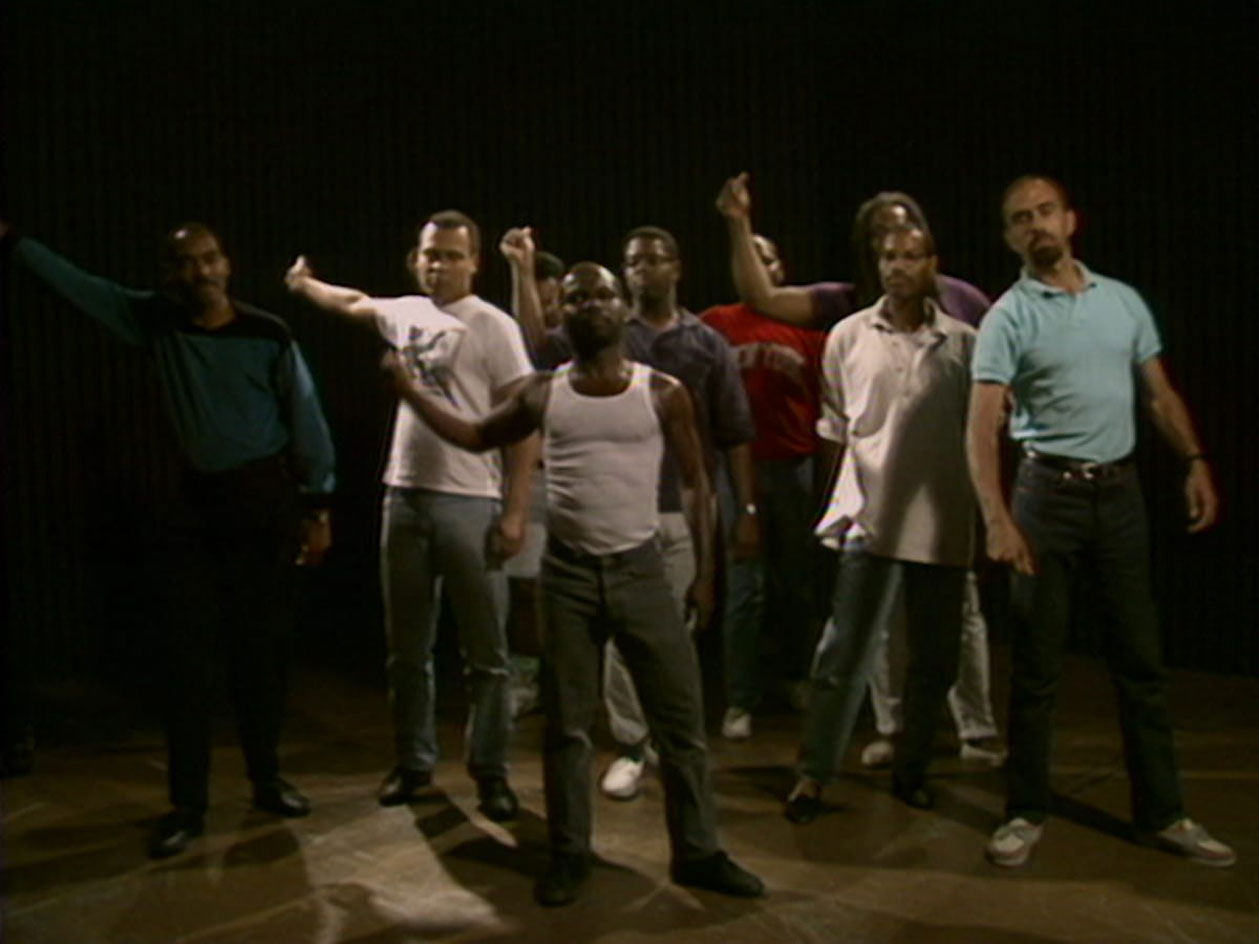
Production still from Marlon Riggs, Tongues Untied, 1989, video.
The ‘More Life’ series continues in September, with David Zwirner London hosting a presentation of Hugh Steers’ paintings, curated by actor and arts advocate Russell Tovey.
Meanwhile, the New York galleries will play host to shows on painters Jesse Murry (curated by fellow artist Lisa Yuskavage), Frank Moore (by critic Hilton Als), and Ching Ho Cheng (by independent curator Simon Wu). Some of the participating curators have personal connections to their artists: Yuskavage and Murry met at Yale University and became lifelong friends; while Als and Moore also knew each other for decades.
‘In fact, as part of Moore’s exhibition, we are including a painting from 1992 titled Debutantes, which depicts Als and Moore as children holding one another as they navigate a dystopian garden contextualized by Silence=Death posters in the background,’ adds Goff.
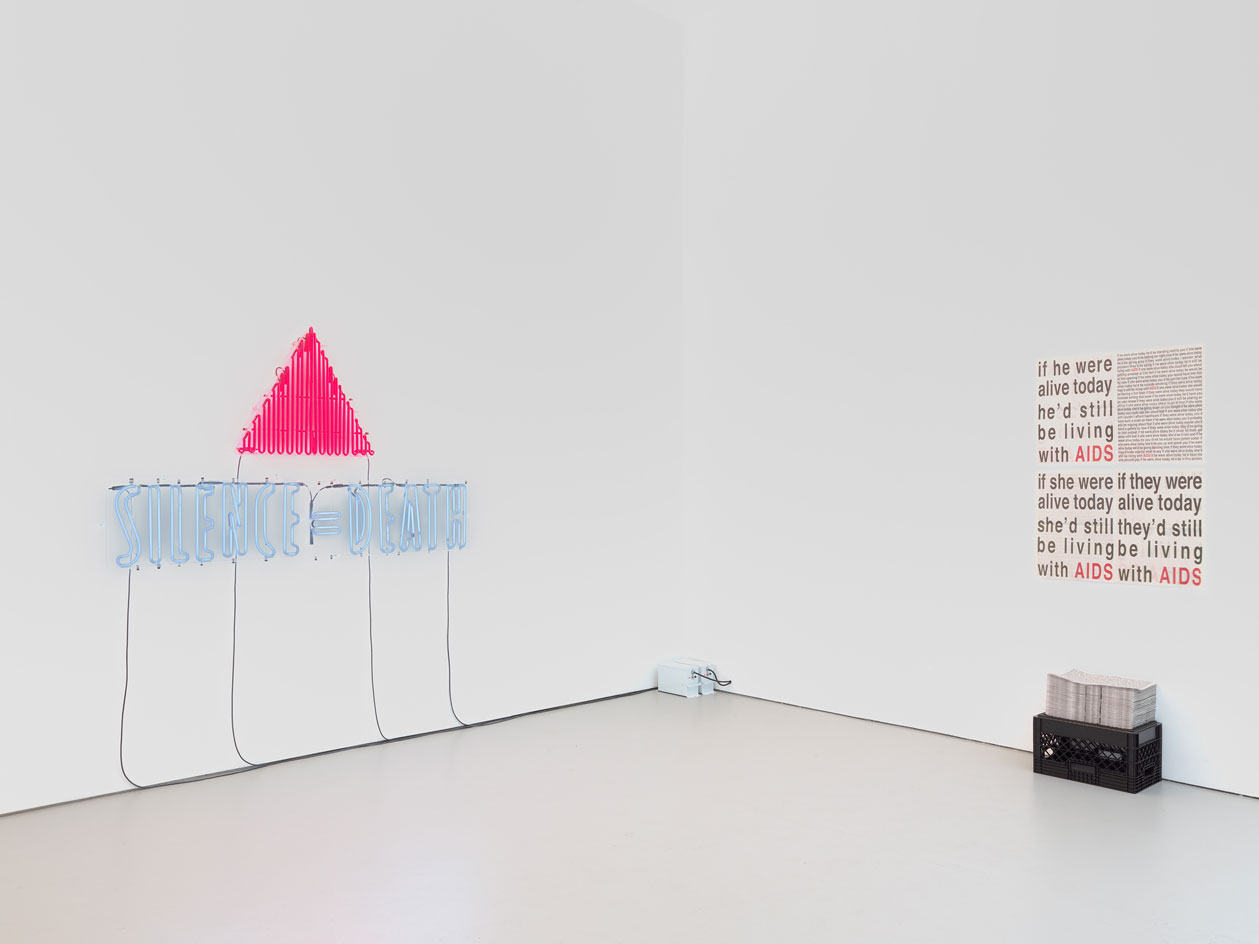
Installation view, 'More Life': Silence=Death, David Zwirner.
Goff is especially enthusiastic about introducing new audiences to Cheng, who ‘seems to have gone almost completely underground. He describes, ‘An Asian-American born in Cuba to an incredibly interesting family of diplomats and scholars, his ethereal work evokes that of Vija Celmins and Ed Ruscha.’
The title ‘More Life’ echoes the final lines of the seminal Tony Kushner play, Angels in America – in which protagonist Prior Walter declares his determination to continue his struggle against AIDS.
‘We think of this as a beginning – an entry point for more research, more exhibitions, and more voices contributing to this subject,’ says Goff. ‘There is so much more about these lives to uncover.’
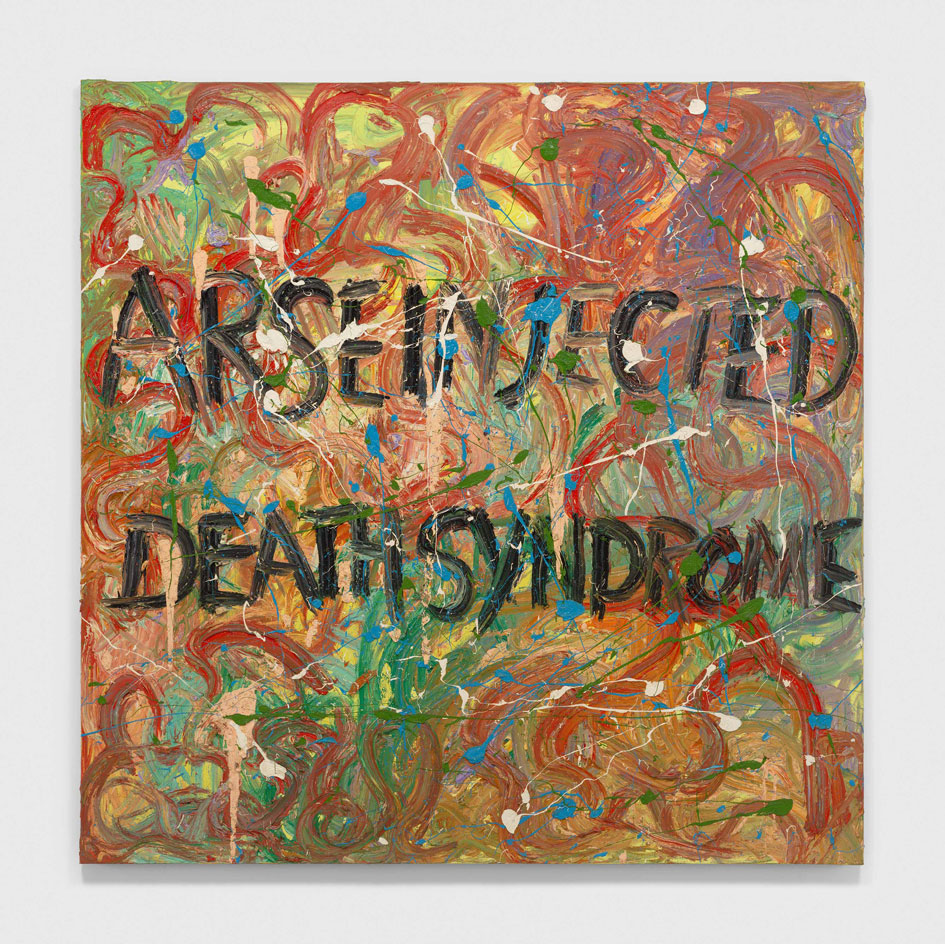
Derek Jarman, Arse Injected Death Syndrome, 1993. Courtesy of Keith Collins Will Trust and Amanda Wilkinson Gallery, London
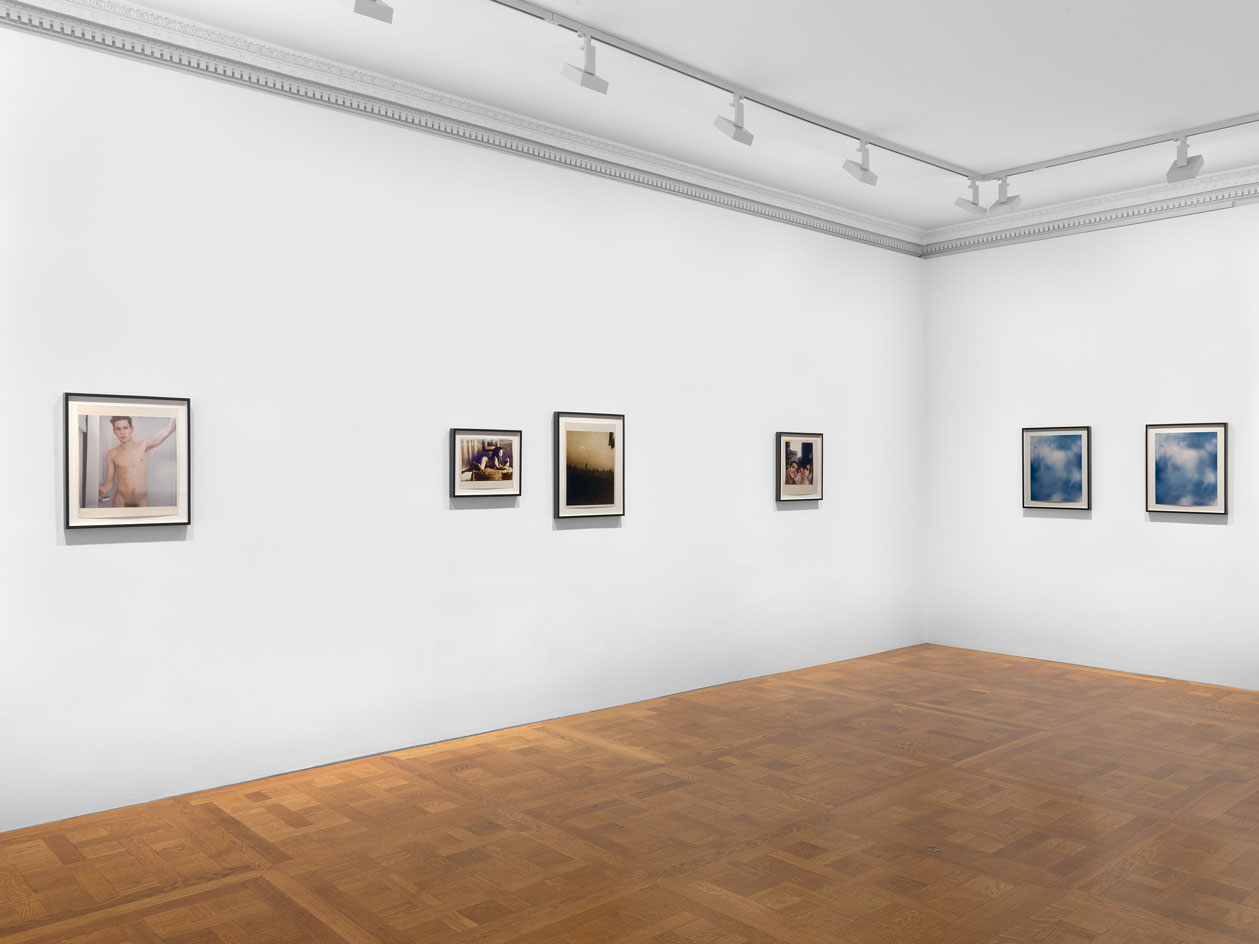
Installation view, 'More Life': Mark Morrisroe, curated by Ryan McGinley, New York.

Installation view, Silence = Death Project, AIDSGATE, 1987. Courtesy the Artist
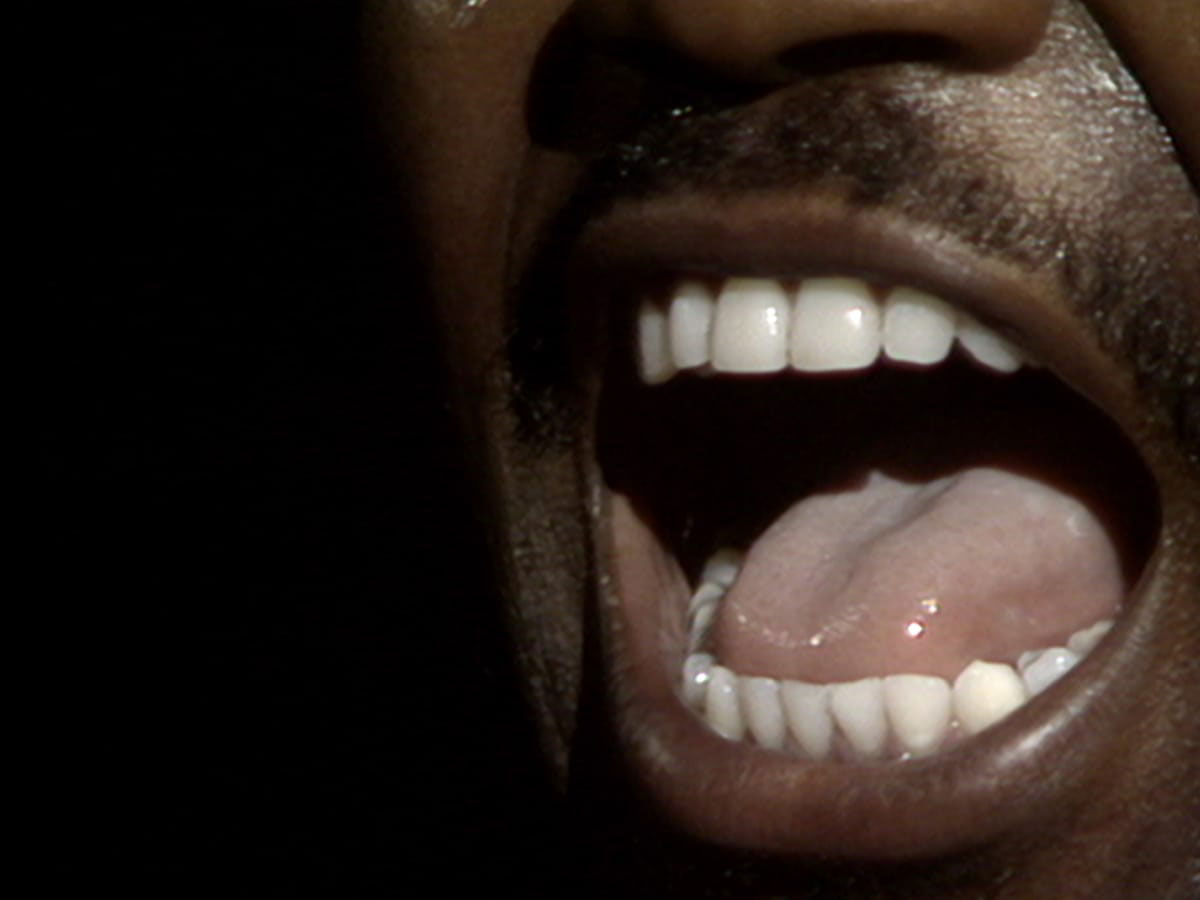
Production still from Marlon Riggs, Tongues Untied, 1989, video.
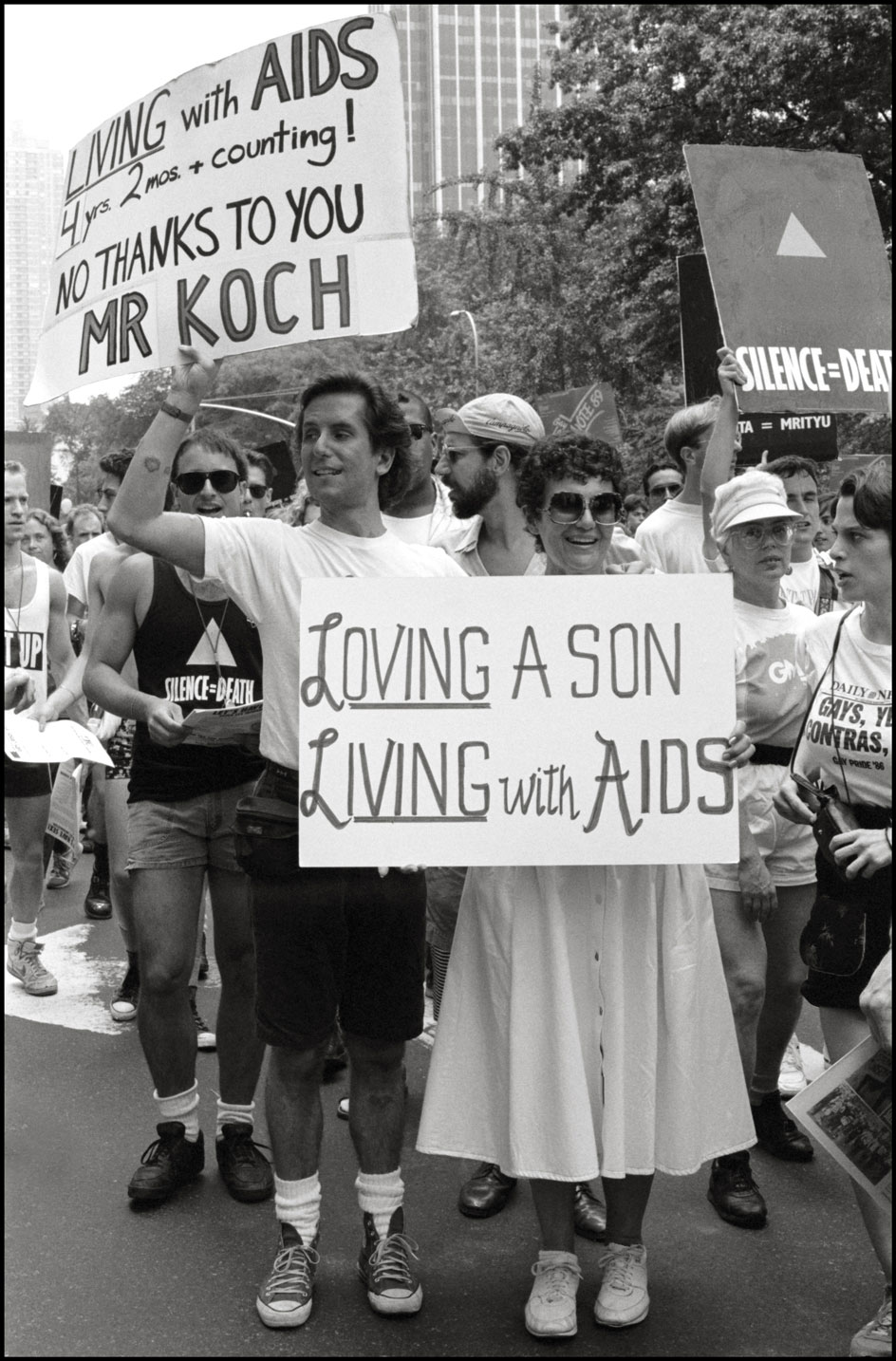
Mark Fotopolous of ACT UP and his mom, the 20th anniversary of the Stonewall riots, participating in a renegade march up 6th avenue to Central Park, 1989.
INFORMATION
Receive our daily digest of inspiration, escapism and design stories from around the world direct to your inbox.
'More Life' will continue in September 2021 with exhibitions in David Zwirner's New York and London spaces. davidzwirner.com
TF Chan is a former editor of Wallpaper* (2020-23), where he was responsible for the monthly print magazine, planning, commissioning, editing and writing long-lead content across all pillars. He also played a leading role in multi-channel editorial franchises, such as Wallpaper’s annual Design Awards, Guest Editor takeovers and Next Generation series. He aims to create world-class, visually-driven content while championing diversity, international representation and social impact. TF joined Wallpaper* as an intern in January 2013, and served as its commissioning editor from 2017-20, winning a 30 under 30 New Talent Award from the Professional Publishers’ Association. Born and raised in Hong Kong, he holds an undergraduate degree in history from Princeton University.
-
 Porsche saves the best until last with the stunning 718 Boxster GTS 4.0
Porsche saves the best until last with the stunning 718 Boxster GTS 4.0Could this be the last ever Porsche Boxster with a combustion engine? If so, the 718 GTS 4.0 is the best iteration of the Boxster to date
-
 Vinyl, darts, and design: how Audemars Piguet reimagined the watch boutique for Manchester
Vinyl, darts, and design: how Audemars Piguet reimagined the watch boutique for ManchesterThe latest AP House from watchmaker Audemars Piguet displays design codes that nod to the legacy of its location
-
 Copenhagen’s Noma opens its first café and flavour shop
Copenhagen’s Noma opens its first café and flavour shopOEO Studio transforms the former entrance to the three-Michelin-starred restaurant into a tactile space inspired by laboratory precision
-
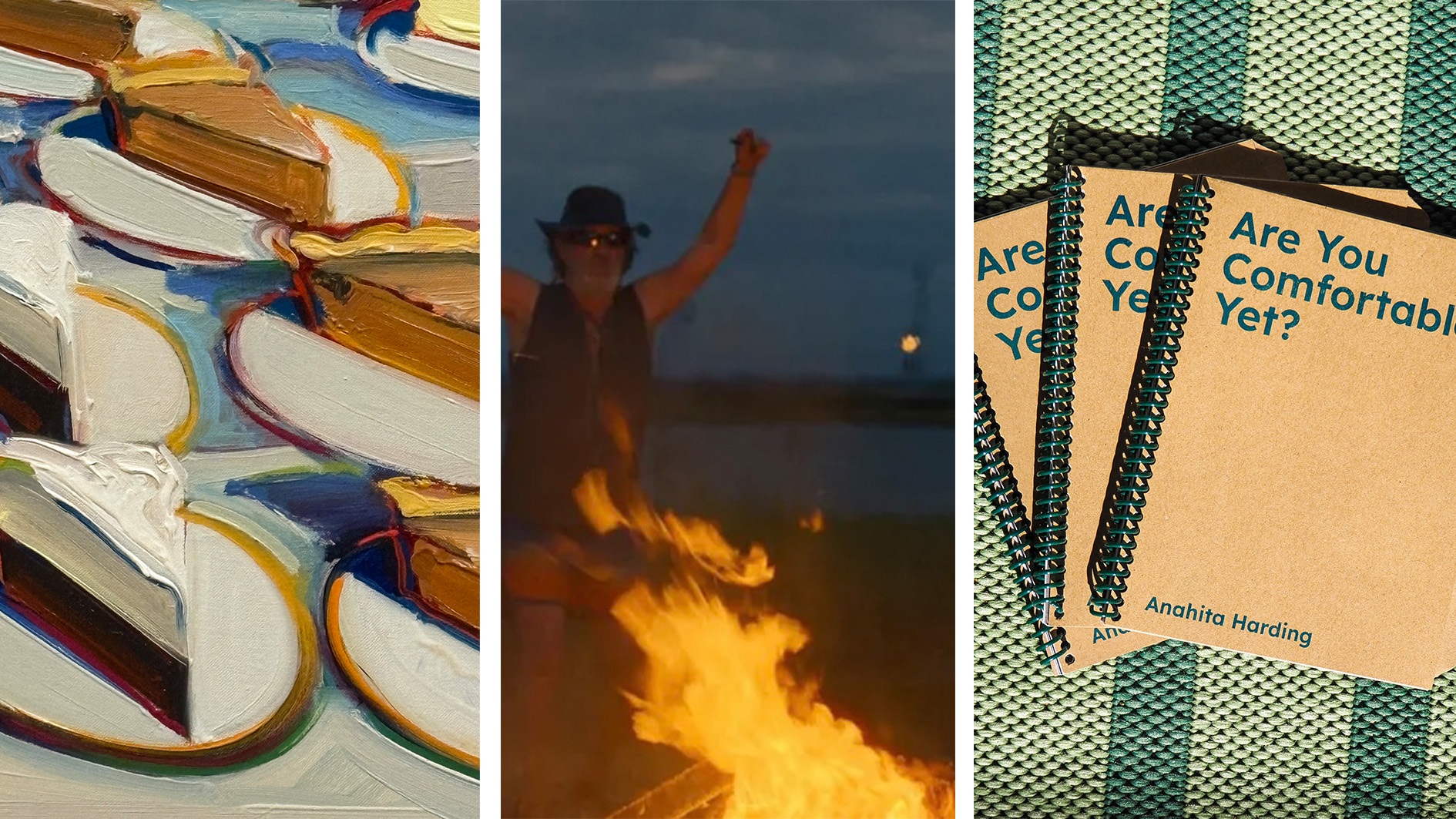 Out of office: the Wallpaper* editors’ picks of the week
Out of office: the Wallpaper* editors’ picks of the weekAs we approach Frieze, our editors have been trawling the capital's galleries. Elsewhere: a 'Wineglass' marathon, a must-see film, and a visit to a science museum
-
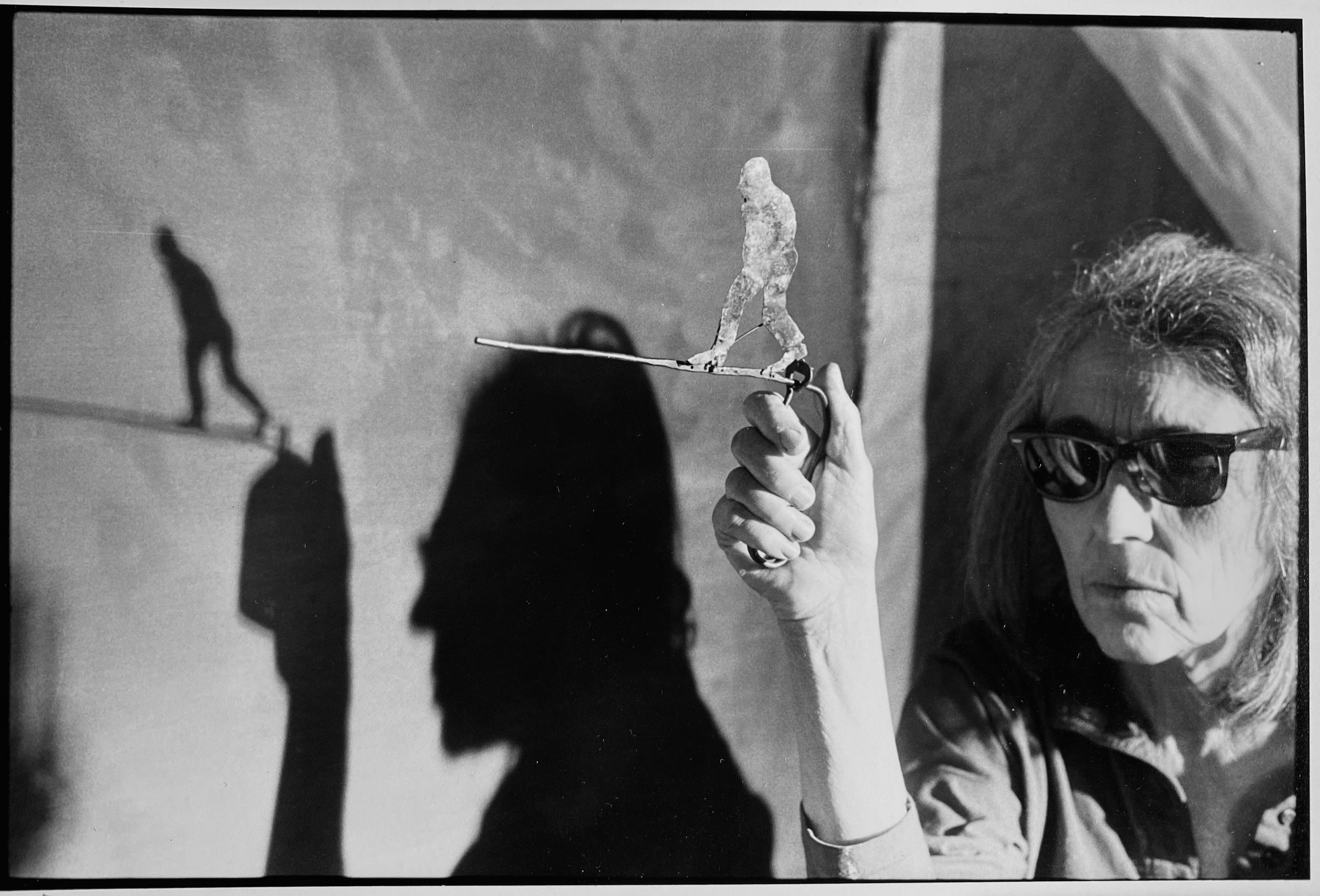 June Leaf’s New York survey captures a life in motion
June Leaf’s New York survey captures a life in motionJune Leaf made art in many forms for over seven decades, with an unstoppable energy and fierce appetite leading her to rationalise life in her own terms.
-
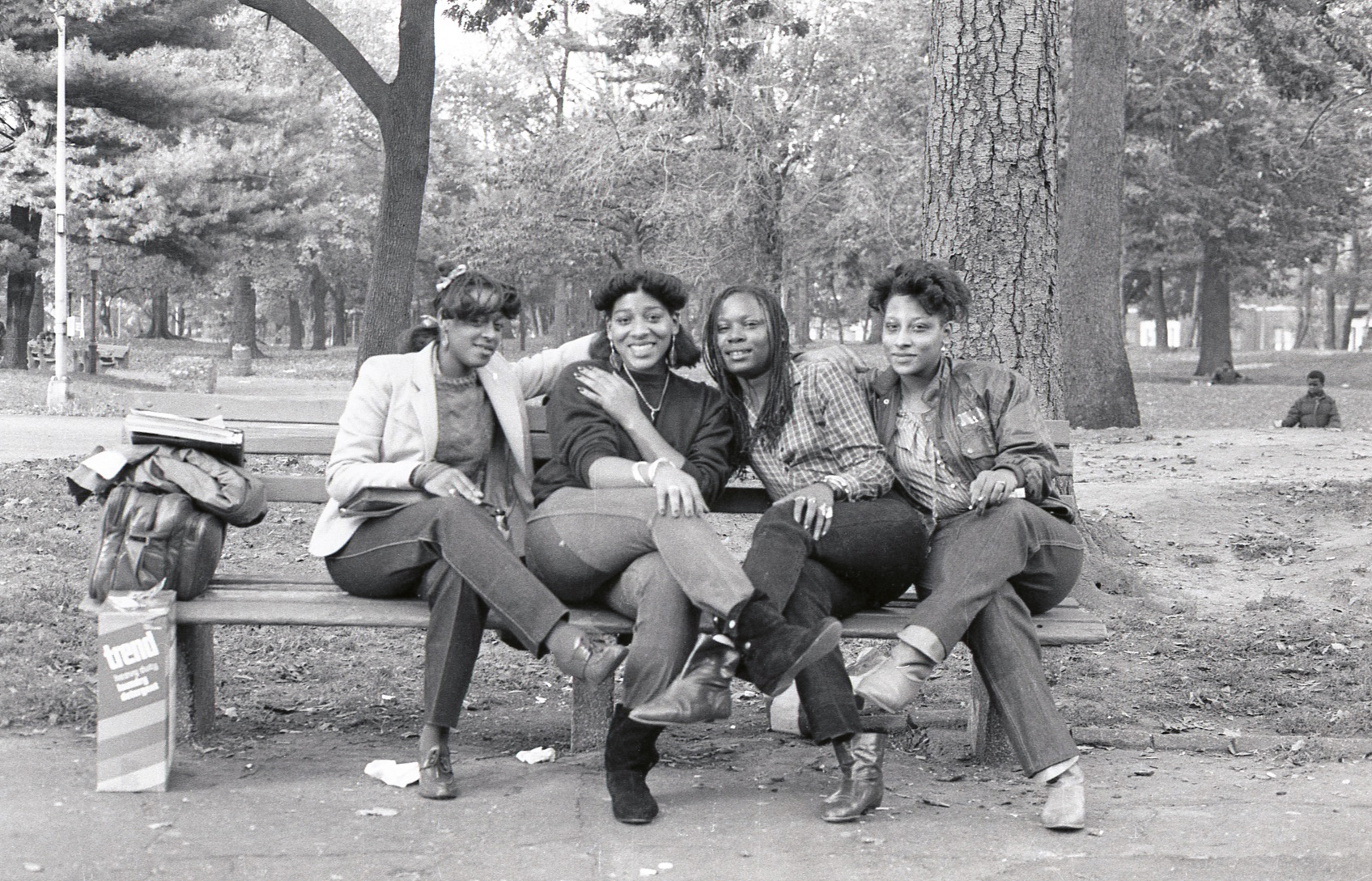 Jamel Shabazz’s photographs are a love letter to Prospect Park
Jamel Shabazz’s photographs are a love letter to Prospect ParkIn a new book, ‘Prospect Park: Photographs of a Brooklyn Oasis, 1980 to 2025’, Jamel Shabazz discovers a warmer side of human nature
-
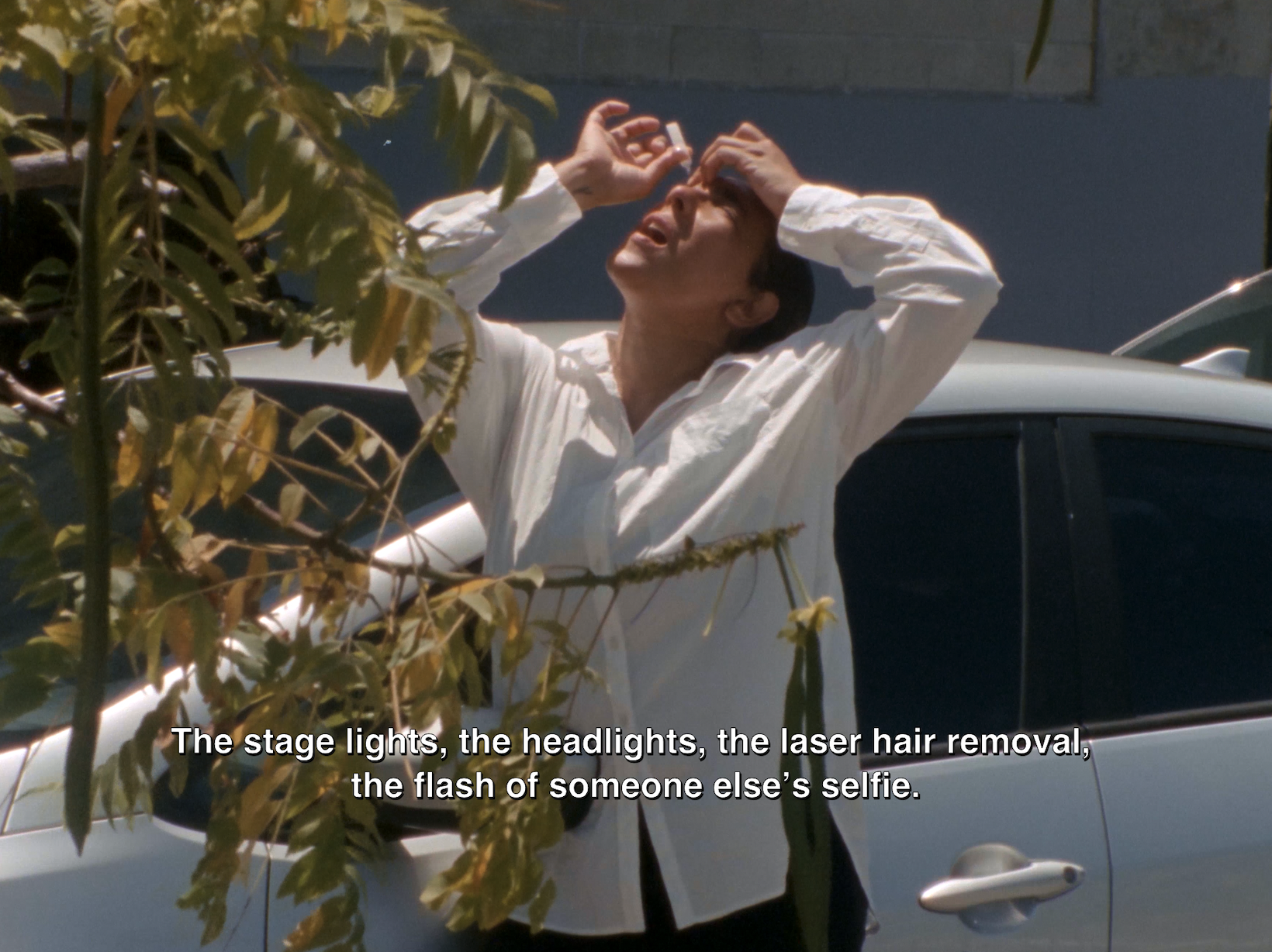 The Hammer Museum in Los Angeles launches the seventh iteration of its highly anticipated artist biennial
The Hammer Museum in Los Angeles launches the seventh iteration of its highly anticipated artist biennialOne of the gallery's flagship exhibitions, Made in LA showcases the breadth and depth of the city's contemporary art scene
-
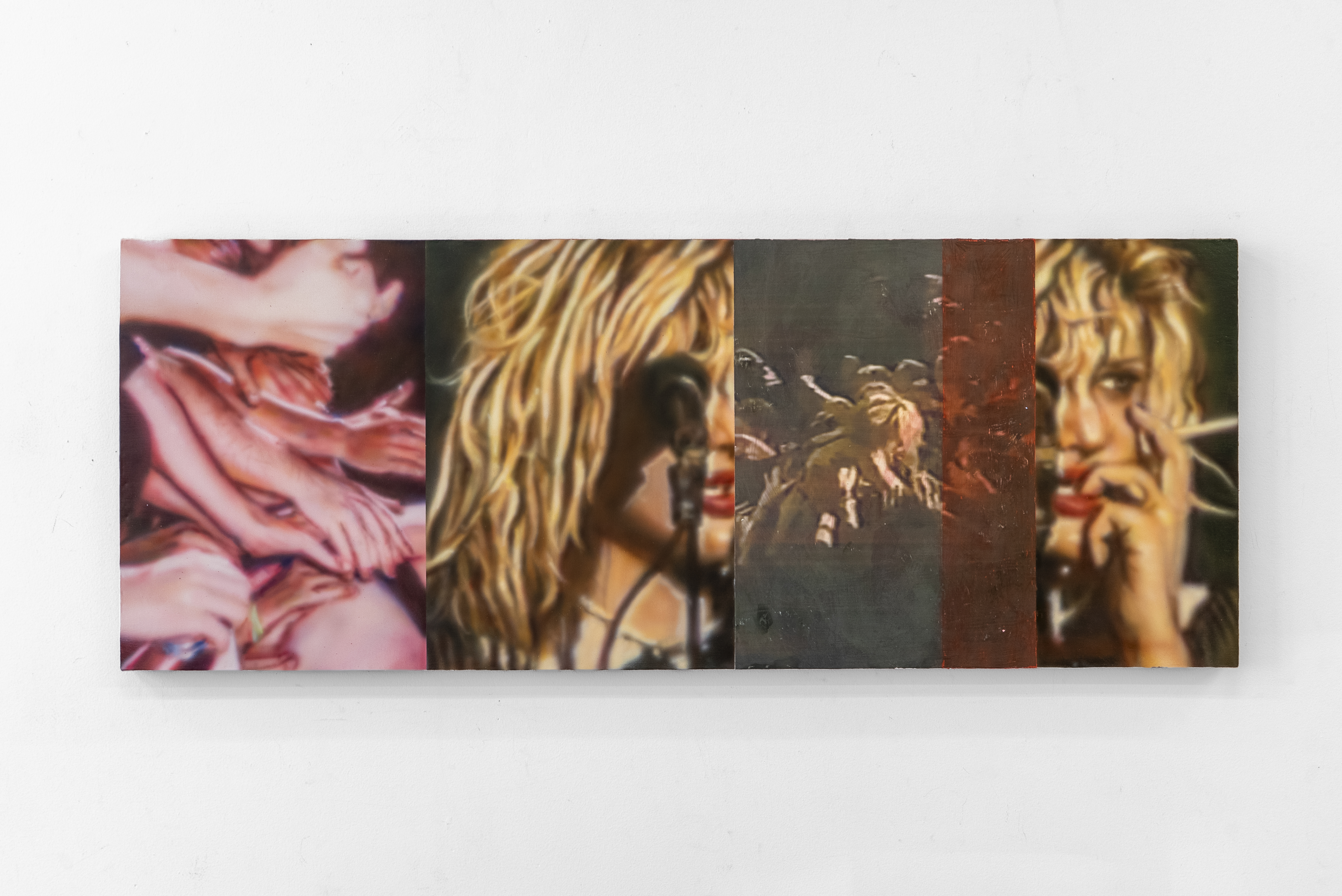 Inside a Courtney Love-inspired art exhibition in New York
Inside a Courtney Love-inspired art exhibition in New YorkLiza Jo Eilers looks to the glory days of Hole at an exhibition at Grimm New York
-
 Thomas Prior’s photography captures the uncanny fragility of American life
Thomas Prior’s photography captures the uncanny fragility of American lifeA new book unites two decades of the photographer’s piercing, uneasy work
-
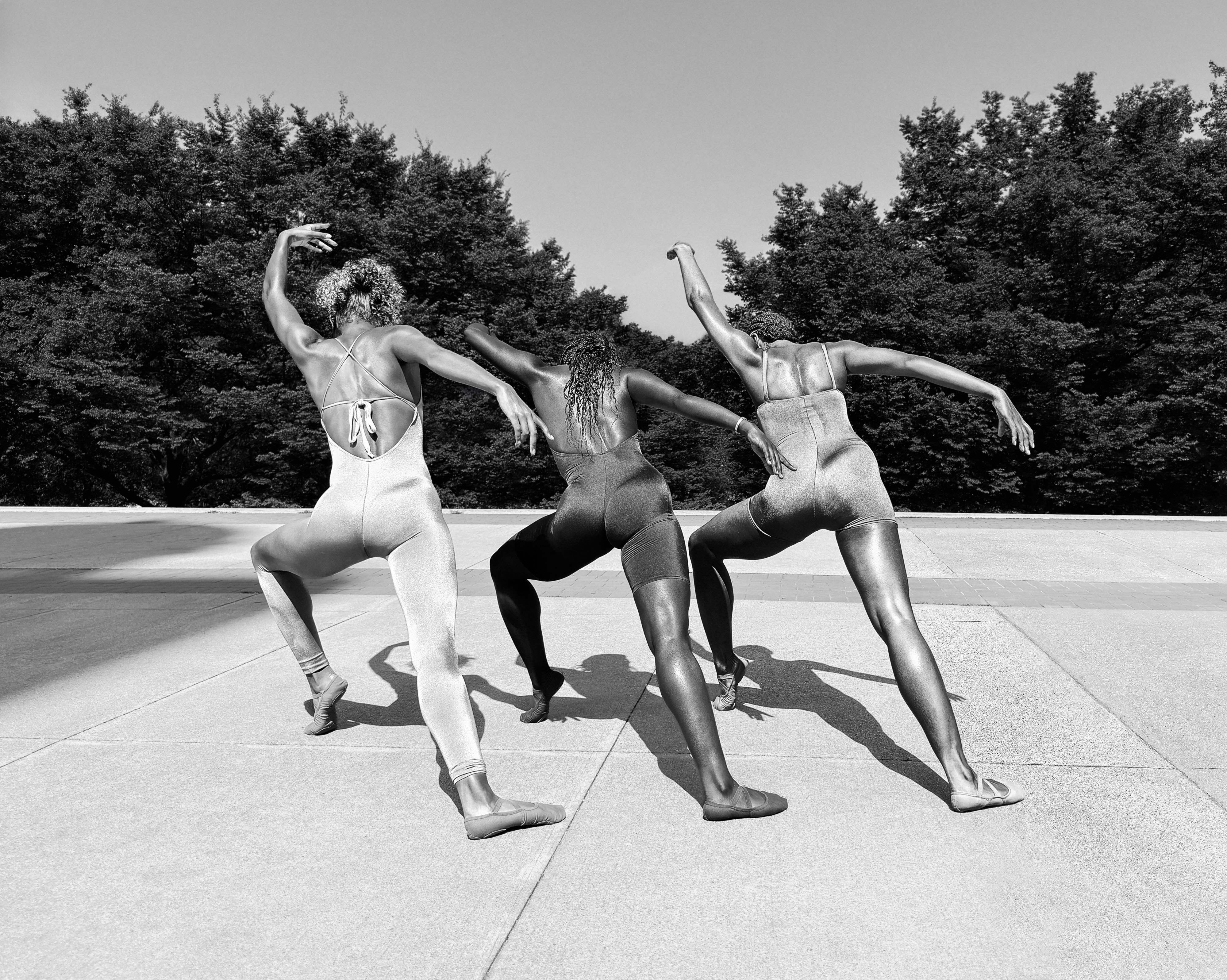 Apple unveils its next-gen camera in a powerful new photography exhibition
Apple unveils its next-gen camera in a powerful new photography exhibitionThe new iPhone 17 Pro Max takes centre stage in a New York exhibition where artists Inez & Vinoodh, Mickalene Thomas, and Trunk Xu explore the theme of joy
-
 Central Park’s revitalised Delacorte Theater gears up for a new future
Central Park’s revitalised Delacorte Theater gears up for a new futureEnnead Architects helmed an ambitious renovation process that has given the New York City cultural landmark a vibrant and more accessible future